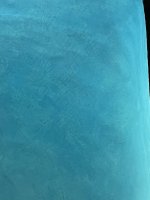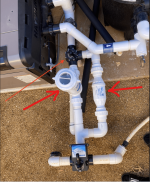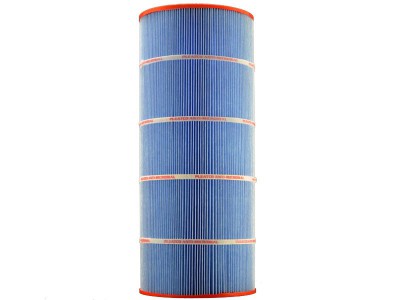I have looked around the forum for info on this. There are many posts about streaks in plaster but most seem to be things that developed very quickly after the build. In my case, our plaster looked amazing after the build and for about the nine months (we kept pool open through the winter). It still looks really good, but I'm starting to see some streaking that looks like what some describe here. It is almost exclusively in the deep end, which makes me think it might be related to something I read which said that filling the pool too soon after fresh plaster can cause these issues. Our plaster team started the water immediately after they left so the deepest part of the pool did have water on it early. It took about 40 hours to fill the whole pool so the shallower parts rested a bit before getting water.
My main concern is whether this presents any issue other than the cosmetic effect. I certainly don't love it visually, but it's not terrible. I just want to know if this means the plaster is weaker or in other ways more susceptible to problems than it should be. I haven't been able to find any info on that yet either.
I'll include a couple of photos I took last night. The one with the long thin streaks is taken on the transition from shallow to deep end, almost like water rushing over this area over time has caused streaking. The other one is probably the most prominent spot in the deep end bowl.
When I dive down and look at this close up, these just really seem like discolorations. The surface doesn't seem any different from the rest otherwise.
As always, any thoughts are appreciated.


My main concern is whether this presents any issue other than the cosmetic effect. I certainly don't love it visually, but it's not terrible. I just want to know if this means the plaster is weaker or in other ways more susceptible to problems than it should be. I haven't been able to find any info on that yet either.
I'll include a couple of photos I took last night. The one with the long thin streaks is taken on the transition from shallow to deep end, almost like water rushing over this area over time has caused streaking. The other one is probably the most prominent spot in the deep end bowl.
When I dive down and look at this close up, these just really seem like discolorations. The surface doesn't seem any different from the rest otherwise.
As always, any thoughts are appreciated.






